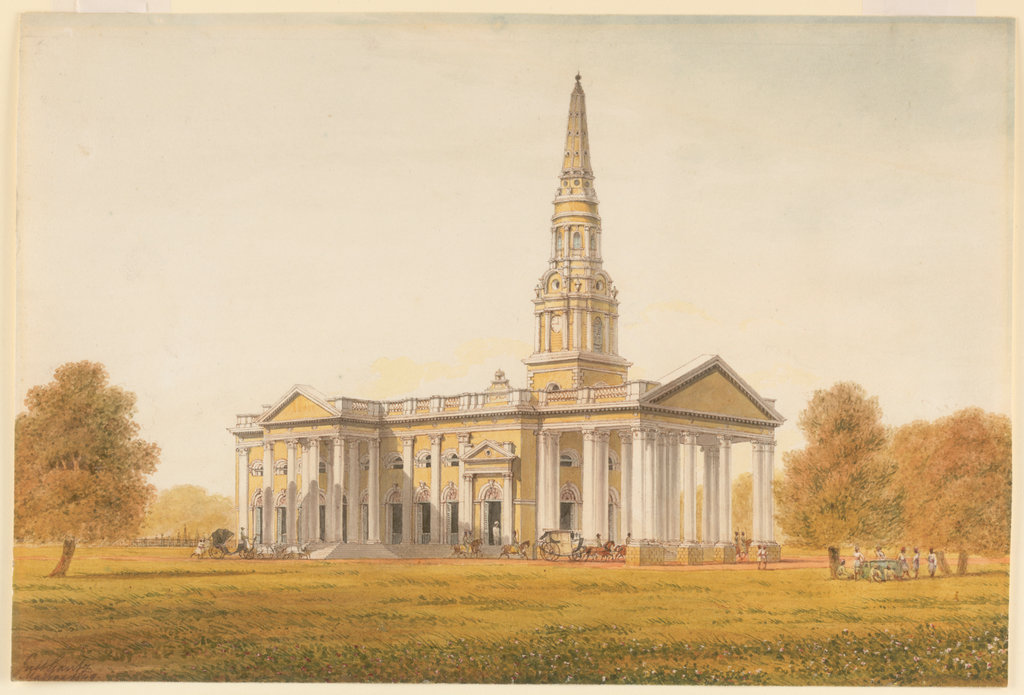
Our Heritage
The Church of South India (CSI) is one of the largest Protestant Christian denominations in India. Its history is marked by the union of several Protestant denominations in South India, which came together to form a single united church. Here is a brief overview of the history of the Church of South India:
History of Christianity in South India: Christianity was believed to have been introduced to South India as early as the First Century by the advent of St. Thomas the Apostle of Christ; then in the 8th Century, Syriac-speaking missionaries from the Far East arrived and established churches. In the 17th and 18th centuries, European missionaries, including Portuguese, Dutch, and British, established various Christian missions, denominations, and churches in the region.
Formation of Missionary Societies (19th Century): During the 19th century, British missionary societies, such as the London Missionary Society (LMS), the Church Missionary Society (CMS), and the Society for the Propagation of the Gospel (SPG), played a significant role in spreading Christianity in South India. These societies established numerous churches, schools, and colleges.
Development of Local Church Leaders (19th-20th Century): Over time, South Indian Christians began to take on leadership roles within their churches. Indian native clergy and leaders emerged, contributing to the growth and development of the Christian community.
Union of Churches (20th Century): The desire for unity among various Protestant denominations in South India led to the formation of the Church of South India. The union process culminated in the following key events:
- 1920s: Discussions and consultations regarding church union began among various Protestant denominations and missionary societies.
- 1947: Soon after the Independence of India, the Church of South India was officially inaugurated on September 27, 1947, in St. George’s Cathedral, Madras (now Chennai). The union brought together several denominations, including the Anglican Church, the Methodist Church, the Congregational Church, and the Presbyterian Church.
Basis of Union: The Basis of Union for the Church of South India emphasized the acceptance of common creeds and doctrines, liturgy, and episcopal polity. The CSI retains elements from each of its founding denominations.
Growth and Expansion: Since its formation, the Church of South India has continued to grow and expand its presence across South India. It has also been involved in various social and humanitarian activities, including education, healthcare, and community development.
Today, the Church of South India is a prominent Christian denomination in South India, with millions of members and a strong presence in the region. It plays an active role in promoting Christian values, social justice, and community welfare. The history of the CSI reflects the unity and collaboration among diverse Christian traditions in South India.
